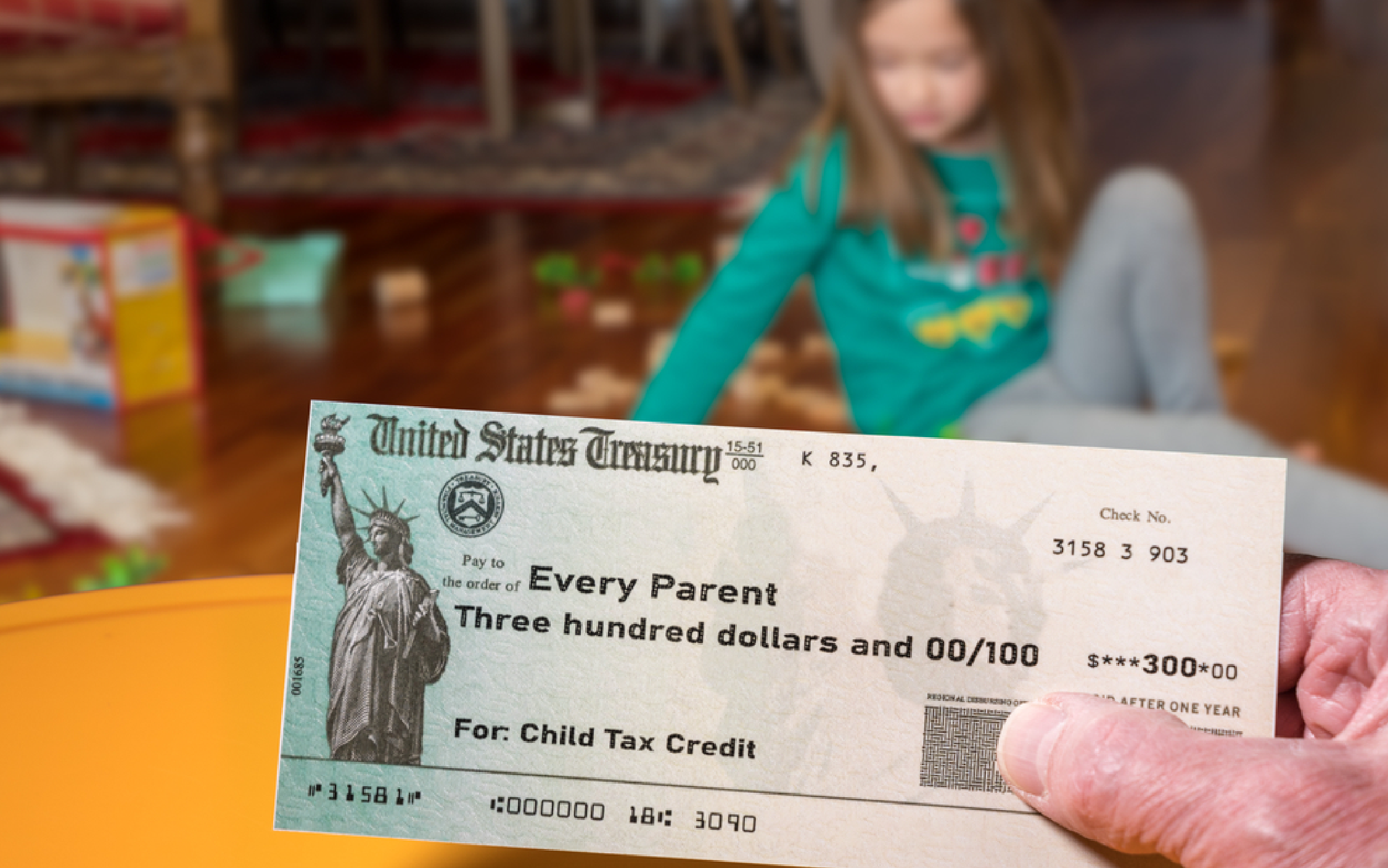Hey there, super-moms and -dads! As you juggle work, family, and everything in between, don’t let the Child and Dependent Care Credit slip through your fingers. Get ready: this tax break will make a real difference in your wallet. So much has shifted. This is different. However, you need to know the ins and outs to benefit. For example, you’ll need to understand the income limits and filing requirements. So, grab a cup of coffee, put on your thinking cap, and get ready to tackle the top 5 questions you need to ask about this fantastic credit.
1. What is the Child and Dependent Care Credit, and how does it benefit me?
“The Child and Dependent Care Credit is like having a superpower – it helps you save money on taxes while taking care of your little superheroes!”
The Child and Dependent Care Credit is a tax credit that helps working parents (and caregivers) offset the costs of childcare, after-school programs, and other dependent care expenses. For 2025, you can claim up to 35% of qualified expenses, up to a maximum of $3,000 for one child or $6,000 for two or more children. That’s a potential tax savings of $1,050 to $2,100!
2. What are qualified expenses, and how do I track them?
“Tracking expenses is like being a detective – you need to gather clues to solve the mystery of your tax savings!”
Qualified expenses include:
- Childcare costs while you work or look for work
- After-school programs and extracurricular activities
- Summer camps and day camps
- Before- and after-school care
- Adult care for a dependent who is physically or mentally incapable of self-care
Keep receipts, invoices, and records of payments to claim these expenses on your tax return. You can also use a Dependent Care FSA (Flexible Spending Account) to set aside pre-tax dollars for these expenses.
3. Can I claim the Child and Dependent Care Credit if I’m self-employed or work from home?
“Just because you work from home doesn’t mean you can’t claim the credit – you just need to follow the rules!”
As a self-employed individual or remote worker, you can still claim the Child and Dependent Care Credit. However, you’ll need to separate your business and personal expenses. You can claim the credit on Form 2441, and you may need to complete Form 8829 (Expenses for Business Use of Your Home) if you use a dedicated space for work.
4. Other tax deductions and credits: how do they affect the Child and Dependent Care Credit?
“Tax credits and deductions are like puzzle pieces – you need to fit them together to get the maximum benefit!”
The Child and Dependent Care Credit can be claimed in addition to other tax credits, such as the Earned Income Tax Credit (EITC) and the Child Tax Credit. You may need to change your expenses and credits to save the most on taxes. Consult with a tax professional or use tax software to ensure you’re getting the best possible outcome.
5. What are the changes to the Child and Dependent Care Credit for 2025, and how can I stay up-to-date?
“Stay ahead of the tax game by knowing the latest changes and updates – it’s like having a crystal ball for your tax refund!”
For 2025, the Child and Dependent Care Credit has increased limits and expanded eligibility. Always be in the know—check back often for updates and changes.
- Visiting the IRS website (irs.gov) for the latest information
- Subscribing to tax news and updates from reputable sources
- Consulting with a tax professional or using tax software to ensure accuracy and compliance

There you have it, folks! The Child and Dependent Care Credit can be tricky. Asking these five questions will make claiming it much easier. Remember, knowledge is power, and in this case, it’s also money in your pocket!



